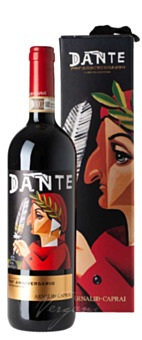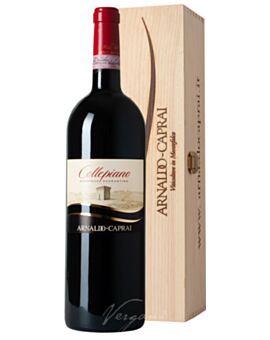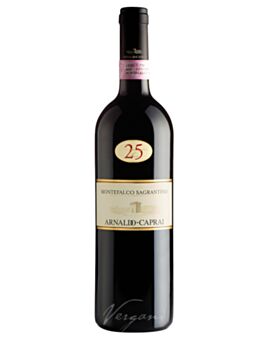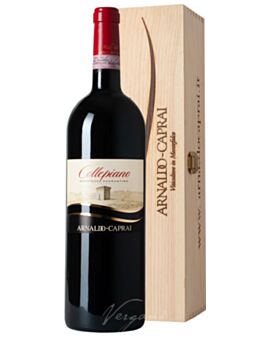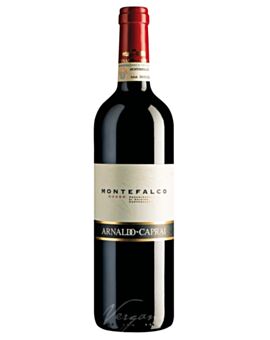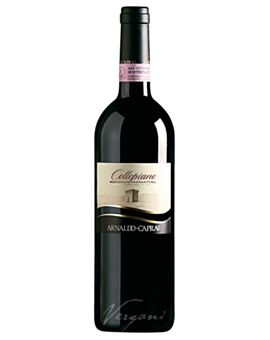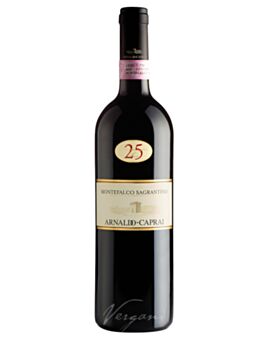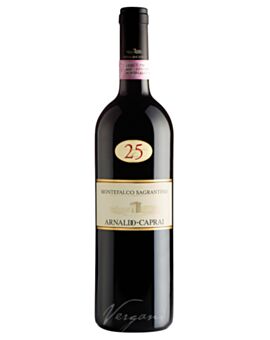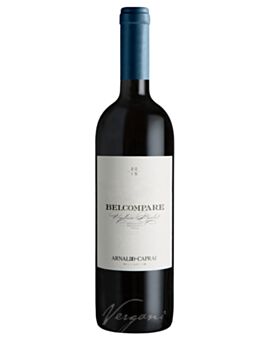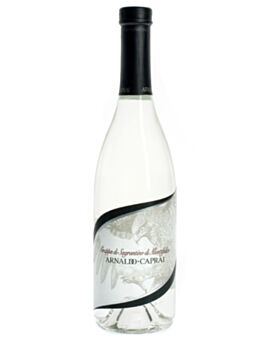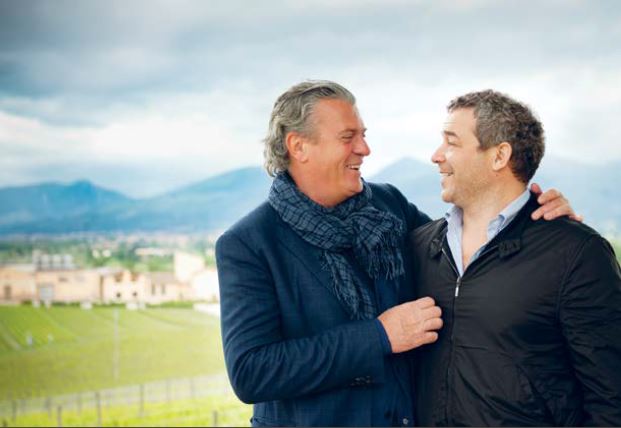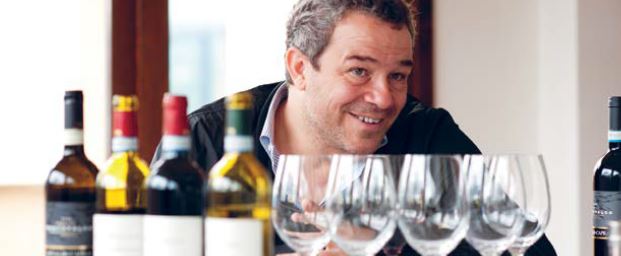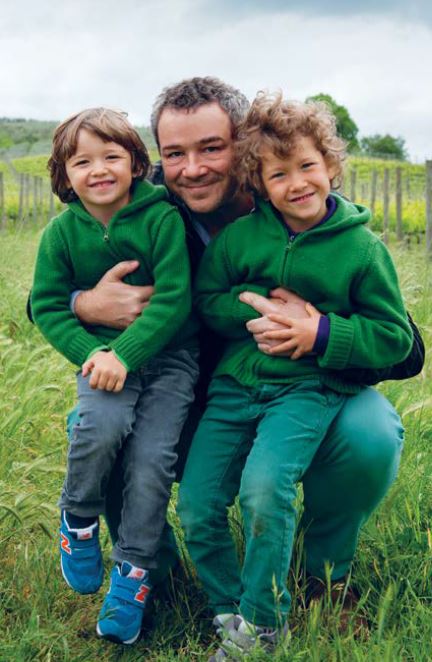Caprai Arnaldo











Arnaldo Caprai
Not far from Montefalco is the 150-hectare Arnaldo Caprai winery. "It bears my father's name," explains Marco, a wine orienteer acquaintance. He could have once entered his parents' textile business; after all, his family is one of the most important entrepreneurs in the industry. But Marco waves it off: "I've always felt connected to my native soil! Here in Montefalco I was born, here I live, the lovely region fills me with satisfaction, and here I will probably die! And Montefalco, that is wine, special wine!"
He passionately recounts the centuries-old history of "his" little town, at the foot of which his vines grow. In the Middle Ages, the region was one of the most flourishing centres of the Occident. At that time, Franciscan monks cultivated a very special grape within sight of Assisi - Sagrantino, the "consecrated" one. Today it is considered the best autochthonous grape variety in Italy because, Marco says reverently, "in it is stored the memory of the great times of ancient Umbria!" He should know, since he has been dedicating himself to the cultural history of Sagrantino for a whole intensive working life. He even had an inventory of ancient vines compiled, because in Montefalco, old-established families have been growing vines on the pergolas of their palazzi since time immemorial, which have hardly ever undergone any genetic changes. Meanwhile, scientists are also interested in it.
"Here in Montefalco I was born, here I live, the lovely area fills me with satisfaction and here I will probably die!"
Marco Caprai about his home Montefalco
Whoever thinks Marco is living in the glorious past of his Umbrian homeland is mistaken. In the here and now, he made sure that the wine world became aware of Umbria. With success. In 2012, his winery was named "European Winery of the Year" by the "Wine Enthusiast" trade magazine. This is one of many awards Caprai has received during the past few years. He does not like to rest on his laurels. He prefers to inform about his wines on modern communication channels: He is present on Twitter, Youtube, and Facebook, and his appearances with the Italian star chef Gianfranco Vissani are legendary.
The successful wine producer is also intensively concerned with the future: "We all have to think about the condition in which we hand over our environment to the next generation!" Marco not only thinks and talks, he also acts. On his winery, he reduced the use of fuel, fertilizers and pesticides to an absolute minimum. "I had specially developed economical high-tech machines and vehicles that are gentle on the vines and the soil. That also makes good business sense," he is convinced. He also attaches great importance to a balanced biodiversity. In his vineyard, oaks, flowers, beans, and peas are growing among the vines, which promotes the nutrient content of the soil. Together with other Umbrian vintners, he is committed to biodynamic viticulture becoming the standard. But he is also committed to social projects. Moreover, Caprai is creating jobs for the local population, he is calling for ethics in entrepreneurship and the development of a soft tourism in Umbria.
Vacationers should definitely visit the modern Arnaldo Caprai winery. In the spacious visitor center, guided tours, watching video films and browsing through books allow visitors to become familiar with the specialties of local viticulture. All the treasures from Caprai's cellar can be tasted at a meter-long oval bar: Vigna Flaminia, for example, a red wine made from two-thirds Sangiovese and small portions of Canaiolo and Sagrantino. Or the popular Montefalco Rosso. Before we set off on a tour of his winery with Marco, the generous host invites us to a toast with straw-yellow Grecante. To accompany this varietal white wine, he serves peasant bread drizzled with oil from olive trees that grow on his land. Then his two lively sons, Alessandro and Arnaldo, join us. The children are eager to accompany us, because a ride in dad's
jeep over bumpy dirt roads is "much more fun than going to school. And finally, the two also want to become "grape gardeners" one day like their father.
Caprai's plantations extend over a hill with considerable differences in altitude. Accordingly, we drive steeply uphill and downhill in Marco's jeep. From a viewing platform in the middle of the vines, we enjoy the view over half of Umbria to Assisi. Just the right setting to taste Caprai's famous Sagrantino. He advises us to leave his 2008 Riserva in the cellar until 2020. The wine, which is already harmonious, will only get better, he says. "You can and must give my Sagrantino time, because this wine is not a product of the hectic world of minutes or hours, no, with it you measure in decades and centuries," Marco explains poetically. I
swirl my glass and gaze reverently at the deep red grape juice. "Sagrantino needs, has and gives time," says host Caprai, "and is an excellent match for slow food!" The tannin-rich wine undoubtedly offers the connoisseur a special relaxation program. So, sit back and feel how the Sagrantino in the shapely goblet slowly begins to exude the breath of Umbrian history, delighting the taste buds and allowing one to experience wine paradise on earth. It is in such moments that this special potion reveals its true essence: Umbria's "consecrated" wine is simply a drink of the gods.



